


BAGAN
LEGACY
Bagan (Burmese: ပုဂံ; formerly Pagan) is an ancient city
and a UNESCO World Heritage Site in the Mandalay Region of Myanmar.
From the 9th to 13th centuries, the city was the capital of the Pagan Kingdom,
the first kingdom that unified the regions that would later constitute Myanmar.

Bagan is a sacred landscape, featuring an exceptional range of Buddhist art and architecture. see more
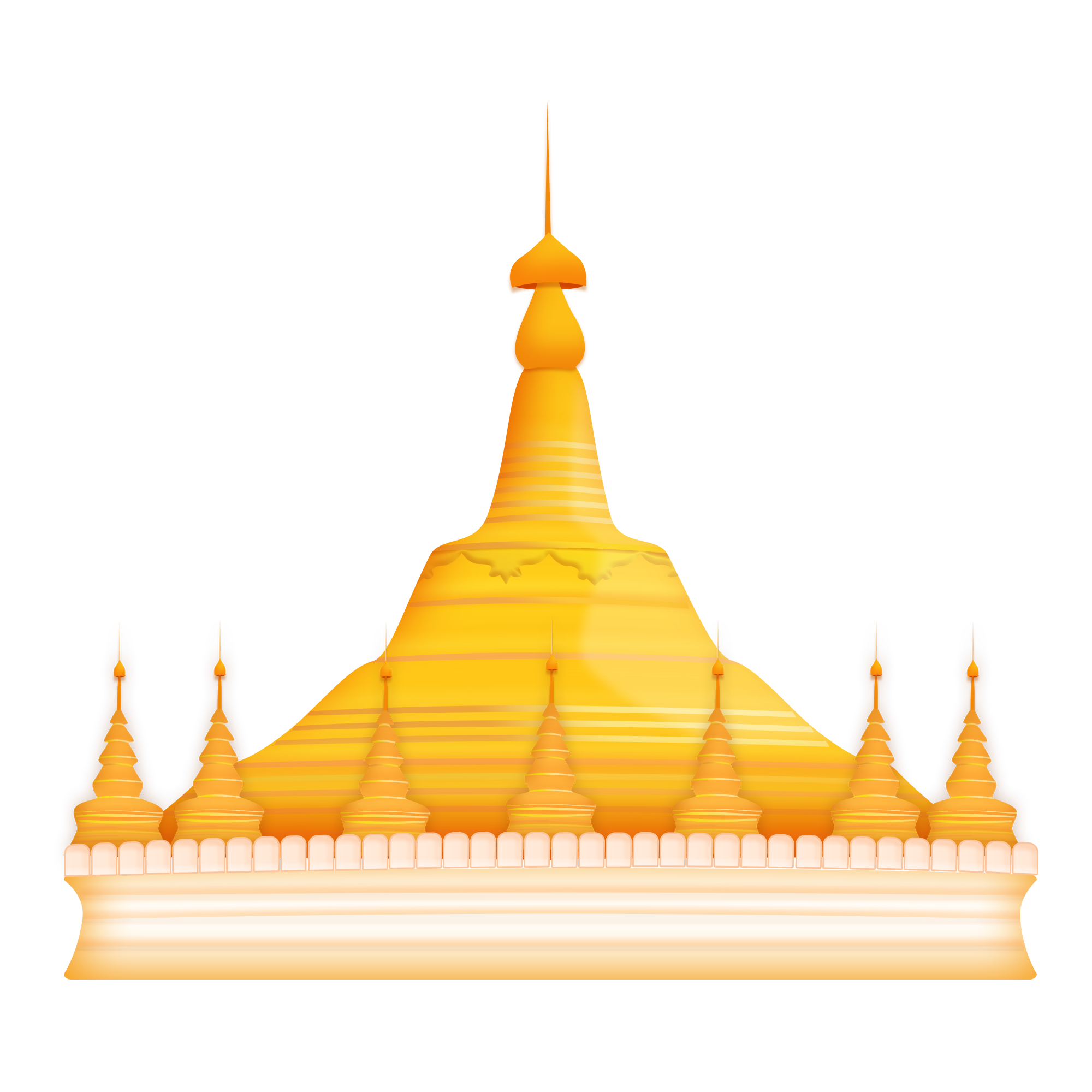
Bagan, Myanmar has between 2,000 and 3,000 remaining pagodas. The city is known as the City of Four Million Pagodas.

The Bagan Dynasty, also known as the Pagan Kingdom, lasted for approximately 250 years, roughly from 1044 to 1284 CE.
Brief History
Bagan was founded in the mid-to-late 9th century by the Mranma (Burmans), who had recently entered the Irrawaddy valley from the Nanzhao Kingdom. It was among several competing Pyu city-states until the late 10th century when the Burman settlement grew in authority and grandeur.
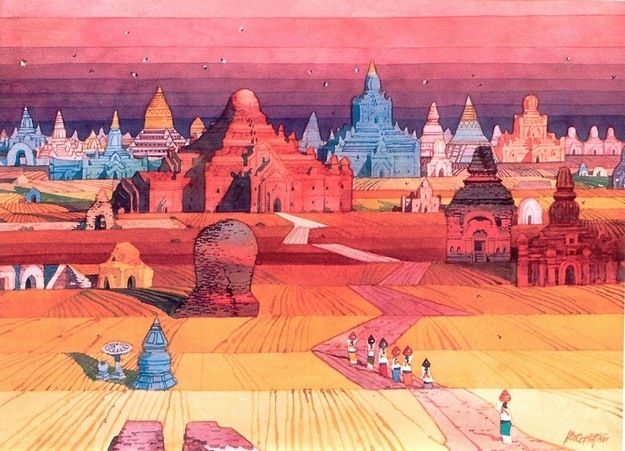
Foundation of Bagan
King Pyinbya, a ruler of the early Pagan Kingdom, relocated the capital to Bagan and fortified the city. This marked the beginning of Bagan as a political and cultural center in Myanmar. Over time, Bagan became a prosperous kingdom, fostering trade, agriculture, and early Buddhist influences.
849 AD
1044 AD
1084 AD
1211 AD
1287 AD
1990s
Architectural Feats
Bagan architecture is known for its temples, stupas, and monasteries, and is a testament to the artistic and engineering skills of ancient Myanmar craftsmen.
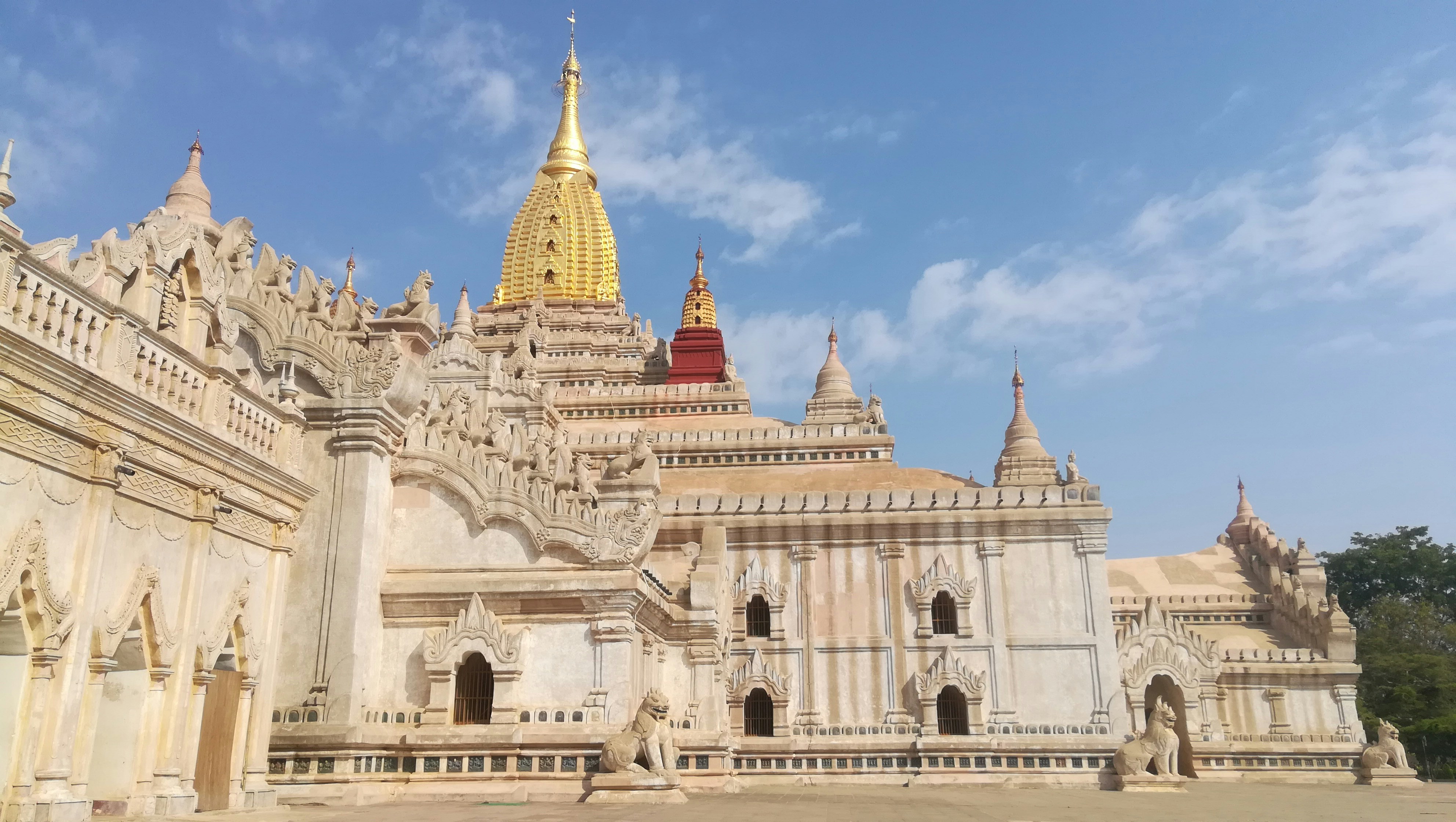
Ananda Temple
1105 AD
Ananda Temple, built in 1105 AD by King Kyansittha, is one of Bagan's most iconic temples. It blends Mon and Indian architectural styles and houses four standing Buddha statues, each facing a cardinal direction.
Shwezigon Pagoda
Late 11th century AD
Shwezigon Pagoda, constructed in the late 11th century by King Anawrahta and completed by King Kyansittha, is a gilded stupa that served as a prototype for later Myanmar stupas. It enshrines sacred relics, including a tooth of the Buddha.
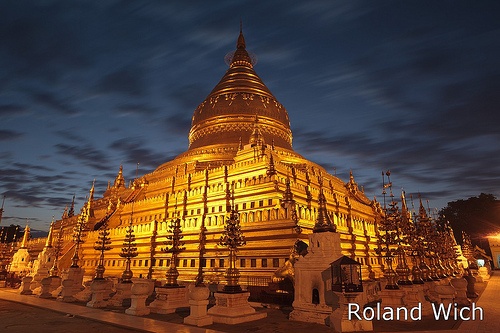
Main Cultures
The culture of Bagan, Myanmar is influenced by Buddhism, the Mon people, and other traditions. Daily life of the Bagan people revolves around the Buddhist faith. Aside from strict observance of Buddhist Sabbath days, people uphold age-old traditions such as respect for monks and elders, and scheduling important events on lucky days according to the Buddhist calendar.
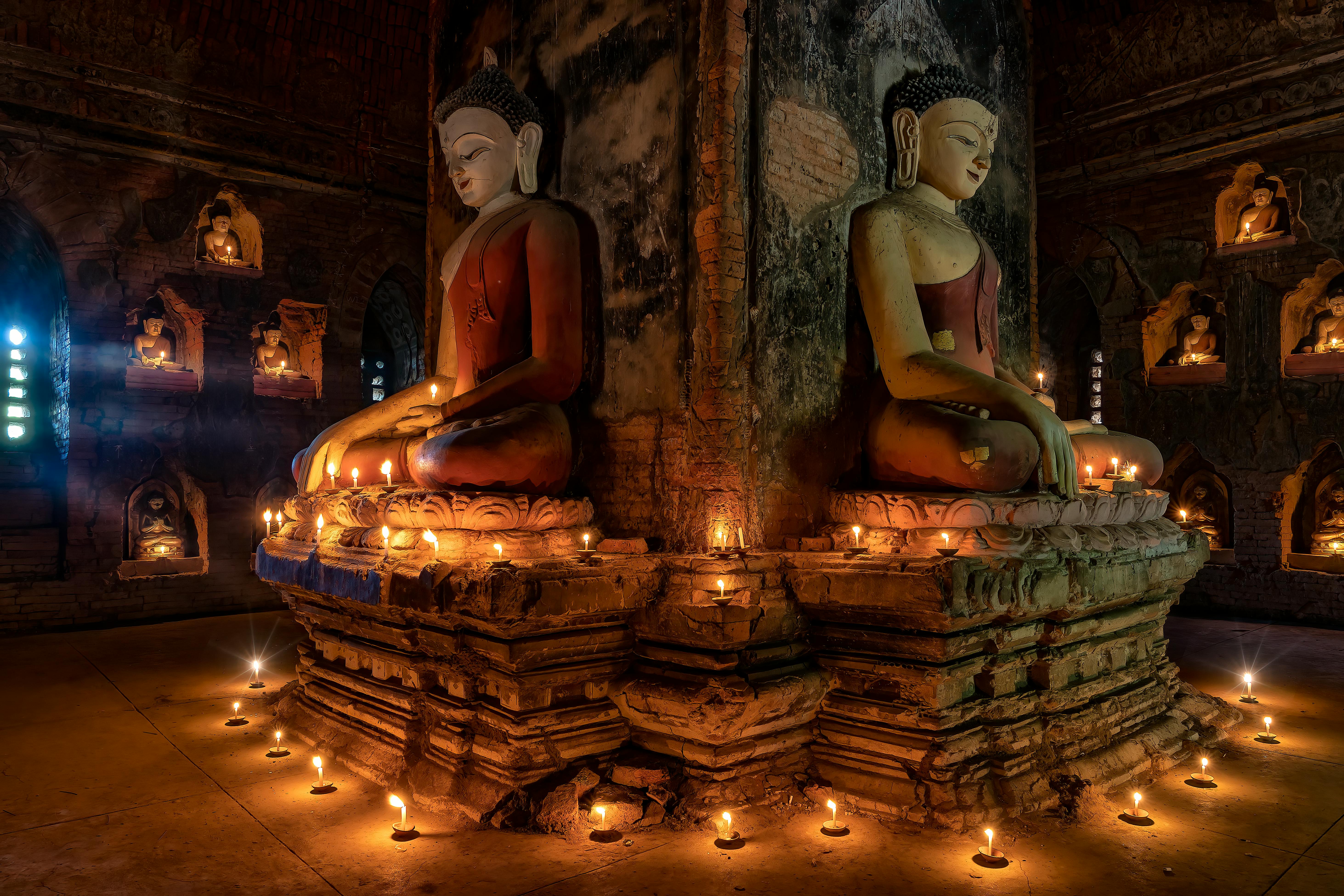
Buddhism is a spiritual tradition founded by Siddhartha Gautama, the Buddha, in the 5th–4th century BCE. It teaches the Four Noble Truths, explaining suffering and the path to liberation through the Noble Eightfold Path. Key beliefs include karma, rebirth, and Nirvana—a state of ultimate peace. Practices like meditation, chanting, and generosity help cultivate wisdom, compassion, and inner peace.
Modern Day Bagan
Image Gallery



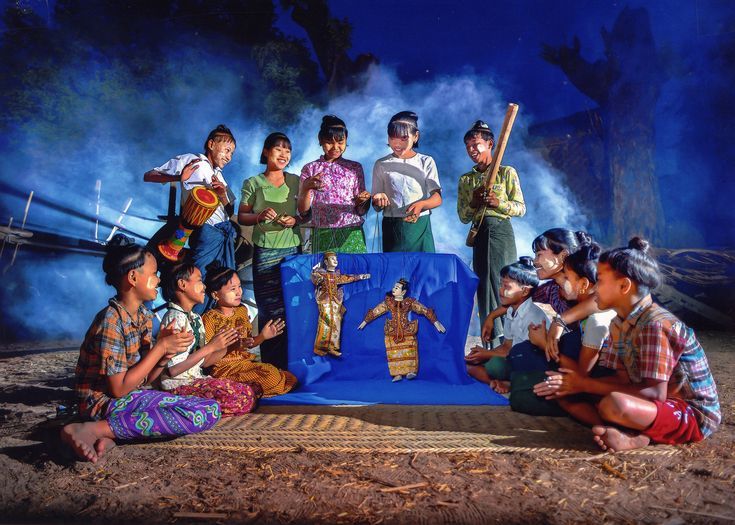



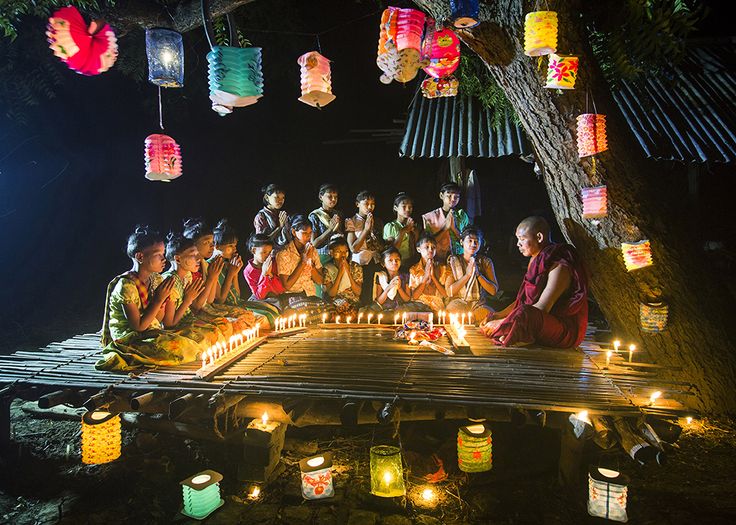






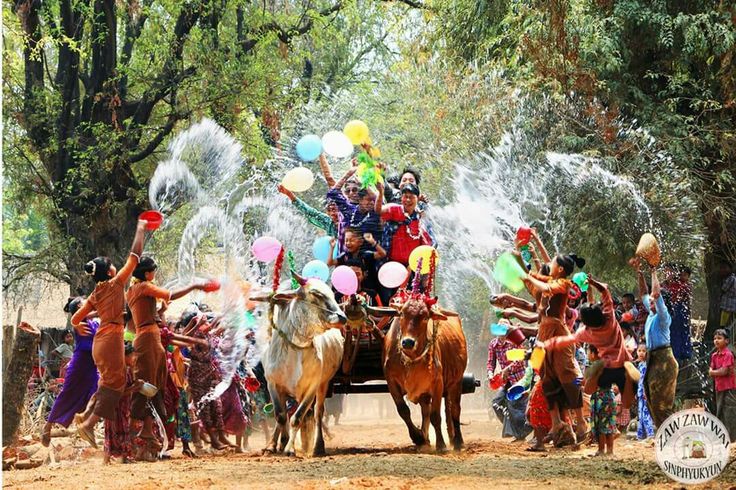
Let's connect . . .
I'm always open to new connections, collaborations, and projects. Reach out to me through any of the platforms below!